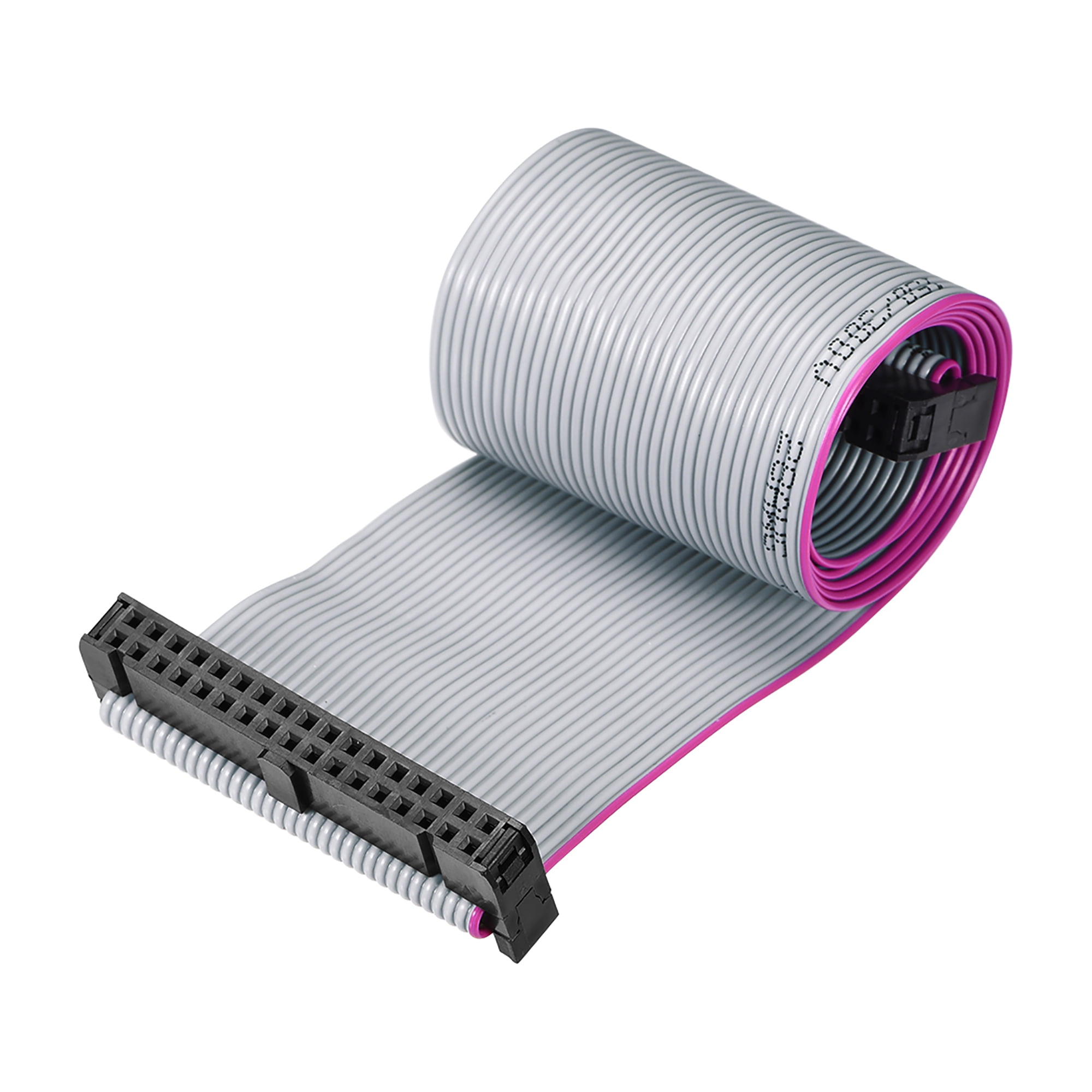
Generally, electrical power connectors are classified according to how much voltage they carry. To better understand which connector is best-suited for a particular purpose, it’s helpful to examine how electrical power connectors are classified and the capabilities of each variant. Depending on the electrical current carried and the purpose of the application, one of several power connector types may be appropriate.

Wire-to-board connectors are frequently utilized due to their flexibility and dependability.Because electrical power sources can range in size from small batteries to large power grids, the electrical power connectors that allow the transmission of electricity vary in form. Once the connector has been crimped to the wire, the contacts or terminals can be inserted into the corresponding housing to complete the interconnection. Thicker wire often conducts more current due to lower electrical resistance per length.Ĭrimp technique is often used in wire-to-board connectors to attach a wire to a printed circuit board (PCB). The diameter of the wire is referred to as a “gauge,” and as the gauge number increases, the diameter, temperature range, and gauge number all decrease. American wire gauge (AWG), a non-ferrous wire conductor size standard, is commonly used to measure wire size. A wire-to-wire connector typically has between one and fifty circuits or locations. Male wire-to-wire connectors are designed to fit inside female wire-to-wire connectors.

Some general requirements for a wire-to-wire connector are the number of circuits or places, mating combination, wire size or gender. They are used to connect electrical, electronic, and computer components. To connect two wire-terminated connectors, wire-to-wire connections are used. Due to their ability to reduce cable clutter, board-to-board connectors are perfect for systems with limited space. They are easy to twist on and off when needed and are commonly used in electrical wiring systems for light switches, ceiling fans, receptacles or outlets, security systems, HVAC, and more.īoard-to-board connections are used to connect printed circuit boards (PCB) without using wires. Twist-on connectors are usually color-coded to indicate their size or capacity. These are normally twisted on by hand and have external grooves or wings for easy handling. Some of the most popular cable connectors are the twist-on, push-in, and crimp-on types. Although the connections appear simple, they often help form complex electrical networks of cables.Ĭable connectors come in a variety of colors, materials, shapes, and sizes. The tasks they perform and the applications they support range from connecting cables in our cars to connecting essential computer components.


In the world of smaller electronics and circuits, electrical connectors play a crucial role in the operation of many devices and components because they allow and safeguard the transmission of electrical signals. With the help of this connector, live wires are kept from being exposed or coming into contact with metal surfaces, where they might cause short circuits or other serious damage. A wire connector, or wire nut as it is often called, is a cap used to connect two electrical wires together.


 0 kommentar(er)
0 kommentar(er)
